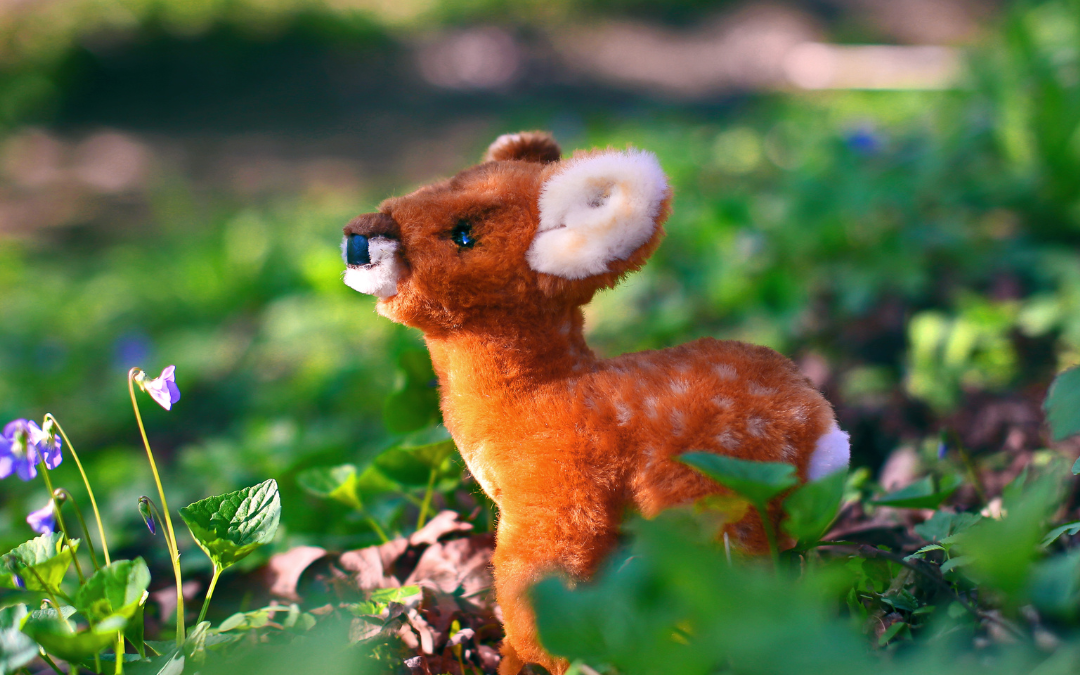Deer Repellent has come a long way to ensure that the safety of ourselves, the deer and our plants are the top priority. If you’re in the market for an effective deer repellent, we’ll share everything there is to know about our favourite product, Bobbex! Plus, follow along as our President Gord Nickel shows us a few special Remembrance Day bulbs and how he keeps them deer-free!
What is Bobbex?
Bobbex is an eco-friendly solution designed to deter deer, rabbits, squirrels, chipmunks, and groundhogs; you name it! Unlike most pest deterrents that are filled with unsafe chemicals that can harm pets, humans and plants, Bobbex is eco-friendly and safe for everyone when used as directed.
Long-lasting and easy to apply, Bobbex is a natural solution that provides your plants with nutrients. Meaning you can never over-spray your plants! Once used, it’s there to stay. Lasting through rain or snow for weeks and even longer during dormant seasons.
How Does It Work?
Well, it doesn’t smell like roses, that’s for sure! Bobbex is formulated with a wide variety of natural ingredients, including fish meal, fish oil, garlic, clove oils, putrescent eggs and more. As you can imagine, it’s not a pretty smell, and that’s precisely why it frightens and naturally repulses pests like deer.
With additional Nitrogen and Phosphorus properties, Bobbex is highly beneficial for plant growth. One of the best reasons to use Bobbex verse other chemical-based repellents is that it offers twelve nutrients that, once sprayed in a clear coat, can provide plants with additional moisture retention. Keeping them happy and healthy even during droughts!
How To Use Bobbex
Used as a topical spray, it is essential to note that Bobbex shouldn’t be used on ripened plants (you can only imagine what the solution must taste like!). It should not be digested.
Bobbex is often applied approximately every two weeks during peak growing season or when two inches of growth have developed. Once dormant season approaches, less frequent applications are necessary as the plant grows much less.
To apply Bobbex, be sure to follow the instructions on the label. For best results it is recommended to use a pressure washer. Once applied, Bobbex will take approximately six hours to dry, where the smell will also become almost undetectable to the human scent but remain strong to critters.
Spring Application
Begin by spraying in the Spring when the plants are approximately ½ inch out of the ground.
Summer Application
Bobbex should be sprayed in the early morning rather than in the day’s extreme heat. Plants may encounter phytotoxicity if spread when temperatures are above 85 degrees F. This is not due to the ingredients in the product, but rather the magnification of the sun through the water spread on plant’s surfaces. During Peak Growth season, application of Bobbex Repellents should be done about every 7 to 14 days, or when one to two inches of new growth has developed.
Fall Application
Bobbex should be used in fall months even though plants are no longer at their peak. If applications of Bobbex are interrupted, deer may lose their conditioning to avoid previously treated plants. Regular spraying of Bobbex trains deer to seek nourishment elsewhere. Bobbex is necessary in the fall (and winter) months for damage prevention to shrubs that keep their leaves throughout the year. These shrubs include rhododendrons, arborvitae, holly, and yews— all common plants that deer prefer the most!
Winter Application
Winter application should not be done below 35 degrees F. Water freezing on leaves can draw out moisture, harming the plant and causing browning along leaf edges. (This cautionary recommendation should be followed for all water based horticultural products.) During winter (dormant) season, Bobbex Repellents will endure much longer, (up to two months) so less frequent application is required.
Note: Bobbex will not stick well to wet surfaces, so be sure to apply to only dry plants.
Ask Gord Nickel


